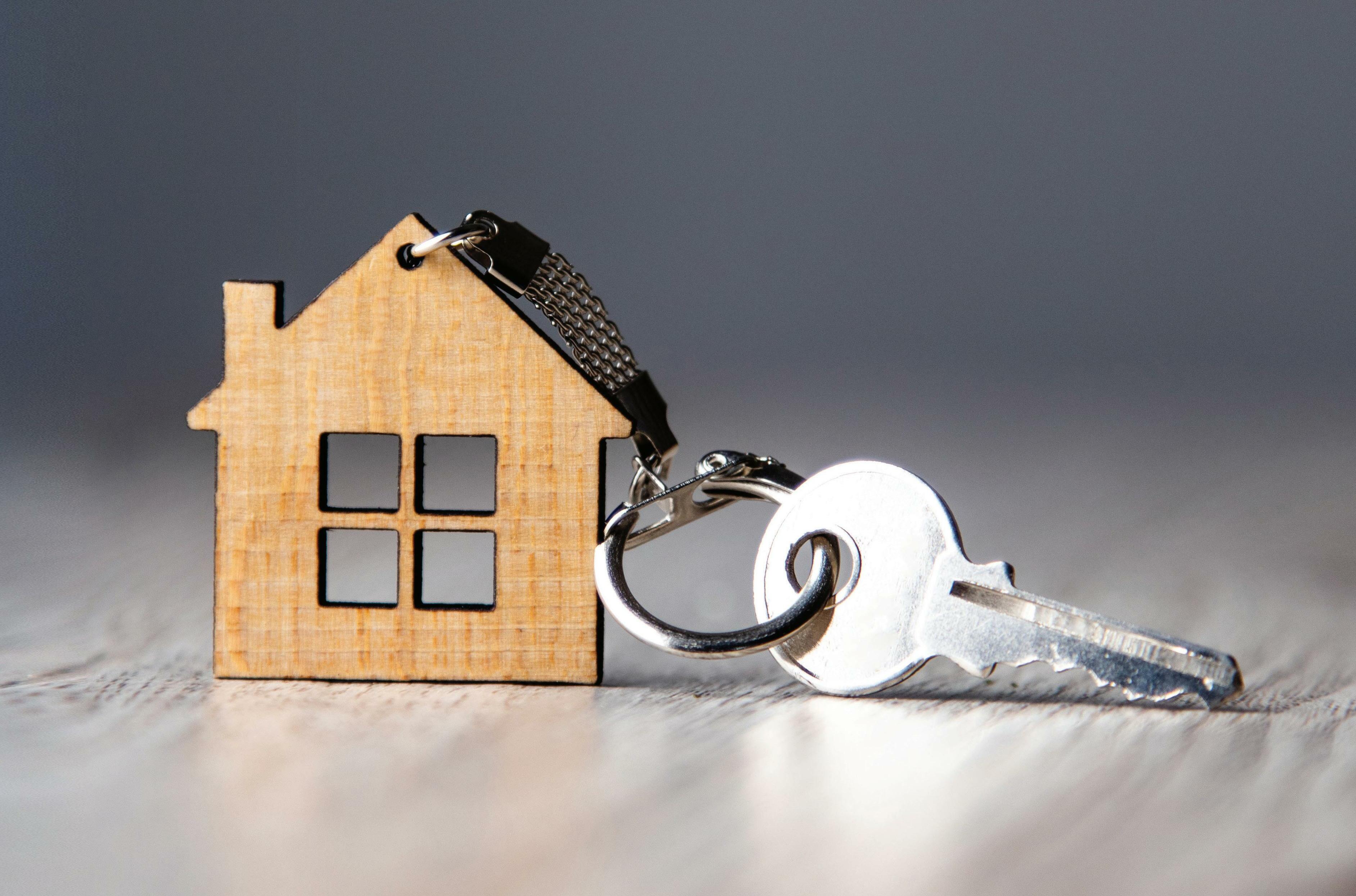
7 minute read
Manufactured Housing: The Key to Solving the Housing Crisis?
by MHInsider
by James Cook
II had an interesting conversation recently. A professional contact, not involved in or familiar with manufactured housing, asked what made the industry special. From the tone of the question and the terminology he used— a “T” word that I will not repeat here — it was clear that he harbored the same prejudices against manufactured housing that I am sure all of us have encountered at one time or another. It shocked me at first, but then I recalled how clueless I was before I began working in this space. Despite the improvement this industry has seen in home and community quality, by building better homes and communities, there is still a lagging perception among the general public. For that reason, I decided to provide a brief overview of the challenges facing renters and first-time homebuyers, how manufactured housing helps solve those challenges, and how we can go about changing perceptions in order to make those solutions a reality for more Americans, particularly younger people. While I address the challenge primarily with the millennial generation in mind (simply because they are, or should be, entering the ranks of homeownership at this stage), the issues apply to anyone interested in purchasing a home.

The Opportunity of Home Ownership
Homeownership has long been subsidized, incentivized, and supported by a number of government agencies and regulations. Yet, with average home sale prices approaching $500k in 2021, a growing share of millennials do not expect to benefit from that dream. One recent survey found that 12.3% of that cohort never expect to buy their own homes, up from 10.7% the previous year. In more expensive areas »
of the country, like California and New York, that share approaches one in every five millennials. This sentiment is borne out in reality, with members of the generation owning homes at a much lower rate than Generation X and Baby Boomers did at the same age. Setting aside some of the more contentious debates over who or what is to blame for that trend, the widely shared objective of extending homeownership to a broad base of Americans seems to be slipping away.
Factory Efficiencies
Manufactured and modular homes are, of course, much more affordable than traditional “sitebuilt” houses, with HUD homes costing less than 50% of site-built housing. Not surprisingly, younger generations have begun turning to those options when it comes time to settle down. Besides the obvious savings, a number of factors have helped push this trend. Manufactured housing is more environmentally friendly than traditional housing, not only from its smaller footprint and reduced energy usage, but also thanks to efficiencies in the manufacturing process. In addition, compared to another relatively affordable housing option available to young people — a condominium — manufactured homes offer the owner more privacy, freedom, and convenience. The resident does not share a wall with their neighbors, has some green space, and can pull right up to their front door in the car. And with remote work becoming more prevalent, homebuyers are not forced to choose between living near their office or commuting to the office in rush hour traffic. Finally, manufactured homes do, contrary to popular belief, retain their value, even appreciating faster than traditional single-family homes over the period of 2014 to 2019.

Value What You Buy
I recently met with an Ohio retailer who told me of a young family whose patriarch, a professor at the local university, purchased one of their brand-new models with cash. They chose this option rather than putting that money toward a down payment on a much more expensive sitebuilt house. While that is just one anecdote, it provides a salient example—manufactured housing truly is a viable option for a 20- or 30-something year-olds looking to purchase their own home.
For their part, community developers and operators have stepped up to meet this demand by building the type of neighborhood young families and individuals would be proud to call home. While the first image that may come to mind may be of new developments in destinations like Texas that combine high growth and reasonable regulatory environments, the Midwest also has its share of new, high-end manufactured housing communities. These communities offer amenities that rival or beat the newest high-end multifamily developments, including basket-

ball and volleyball courts, arcades, resort-style swimming pools, splash pads, state-of-the-art gyms, conference rooms, million-dollar clubhouses, and even secure, gated entryways. Simply put, manufactured housing communities are becoming big draws for a diverse group of homebuyers.
The Stubborn Housing Crisis
So, problem solved, right? Affordable single-family housing offering freely available luxury amenities; the housing crisis is solved! If only it were that easy. The fundamental challenge limiting more widespread homeownership for younger generations is, again, the cost. While the more reasonable sticker prices of manufactured homes go a long way toward making that dream a reality, certain regulations seem to have pulled the rug out from under us. Government at all levels in this country has opened the door to homeownership with a variety of incentives and subsidies, from FHA mortgage insurance to the mortgage interest deduction to state homestead exemptions limiting the effect of local property taxes on homeowners’ budgets. However, perhaps the most consequential of these interventions, the federal programs incentivizing affordable home mortgages by private lenders, is relatively limited in the context of manufactured housing. Fannie Mae requires higher down payments for manufactured housing loans than what it makes available to buyers of site-built homes.
Affordable Financing
Additionally, while the FHA insures loans of up to nearly $1 million on traditional houses, it will only insure loans up to about $70,000 on manufactured homes. That is just 7% of the sitebuilt loan limit, even when new double-wides often sell for two or three times that figure. Considering millennials cite coming up with a down payment as the primary obstacle to homeownership, the severe limits on loan size make manufactured housing at least as unaffordable as sitebuilt homes. Who cares if the sticker price on the manufactured home you want is half that of a comparable site-built house if you have to come up with double the down payment? The FHA also limits terms on manufactured home loans to just 20 years, increasing monthly payments by almost 30%. That brings us back to square one, keeping homeownership out of reach for a growing number of Americans.
Local Zoning Obstacles
Beyond the handicap the federal government puts on manufactured home purchases through unfavorable lending conditions, local governments create hurdles to this mode of affordable housing through restrictive zoning and unequal treatment, relying on outdated, inaccurate beliefs and unreasonable fears about the characteristics of manufactured homes and their residents. So even if the FHA, Fannie, and Freddie open their eyes to the virtue of manufactured housing, it will not necessarily follow that zoning boards will allow communities to spring up in every metro area.
Each of Us in Advocacy
While control of things like home lending guidelines and restrictive zoning is held firmly in the hands of the FHA, the GSE’s, and the local zoning boards, the industry can work to correct the misperceptions and irrational prejudices plaguing those »
institutions. We have amazing trade organizations at the national and state levels that do a wonderful job demonstrating the benefits of a robust and empowered manufactured housing industry. I currently serve on the board of the Illinois Manufactured Housing Association because I believe in its mission and am encouraged by the results IMHA and its advocates in Springfield have delivered to the industry in that state. Industry participants, both on an individual level and through our trade groups, should make a concerted “proof of concept” effort to reveal to policymakers the true nature of the product they are developing — family-friendly, affordable, aesthetically pleasing communities that offer homeownership to groups who would otherwise find it no more than a dream. Factory and community tours and objective, statistical explanations can go lightyears toward opening politicians’ and administrators’ eyes to the benefit manufactured housing can offer. Whatever it takes, we as industry insiders should be doing it.
Manufactured housing should be an obvious solution to the housing crisis facing our country today, but misperceptions among the general public and policymakers hinder its availability. Stakeholders in the industry, from developers to owners to management companies to manufacturers, should take part in efforts to reduce that stigma, not just to serve our own interests, but also to make the dream of homeownership a reality for more younger Americans. MHV
James Cook is the national director of brokerage for Yale Realty and Capital Advisors. He entered the manufactured housing and RV property asset class in 2005 as a licensed agent listing homes for a local investor. In 2012, he founded the fully integrated finance and brokerage shop and has accumulated transaction exceeding $1 billion in value. He offers perspective at a national level, providing insight into the niche industry.











